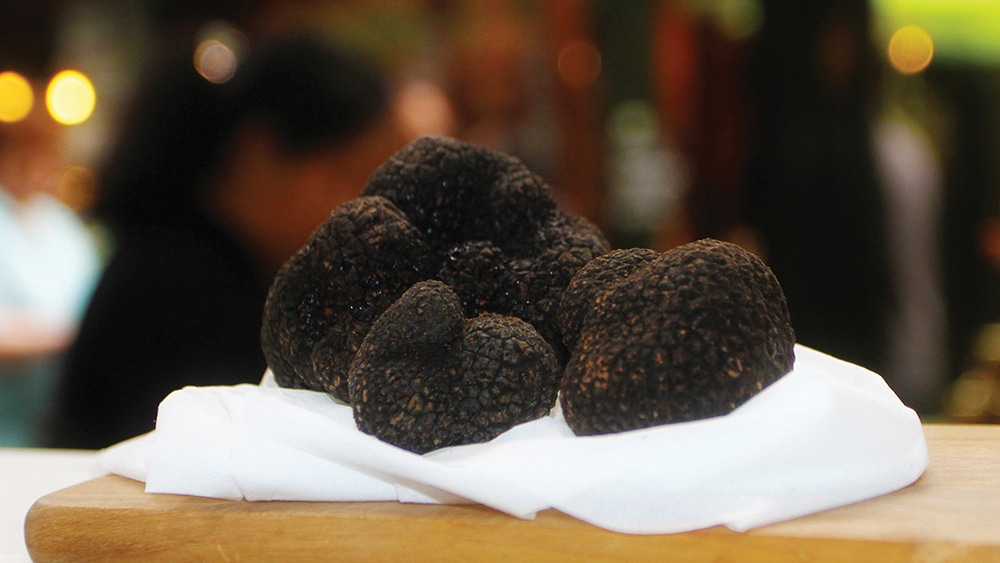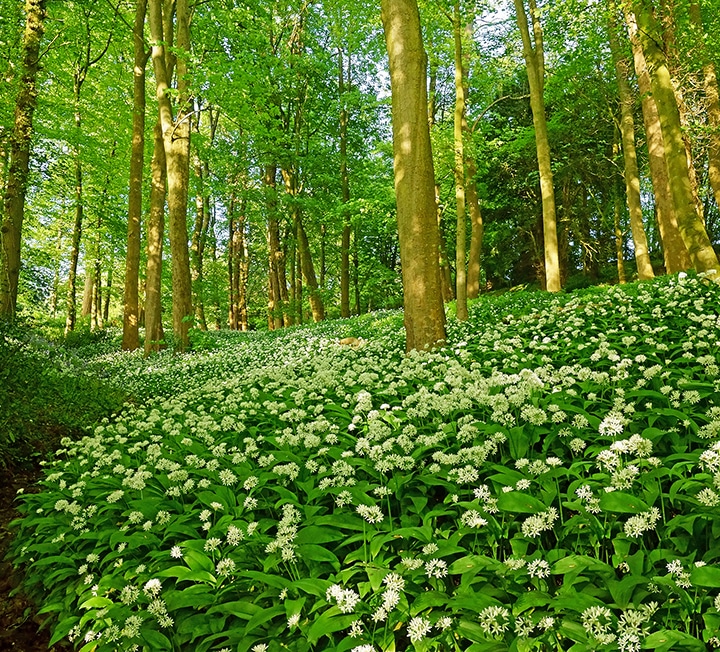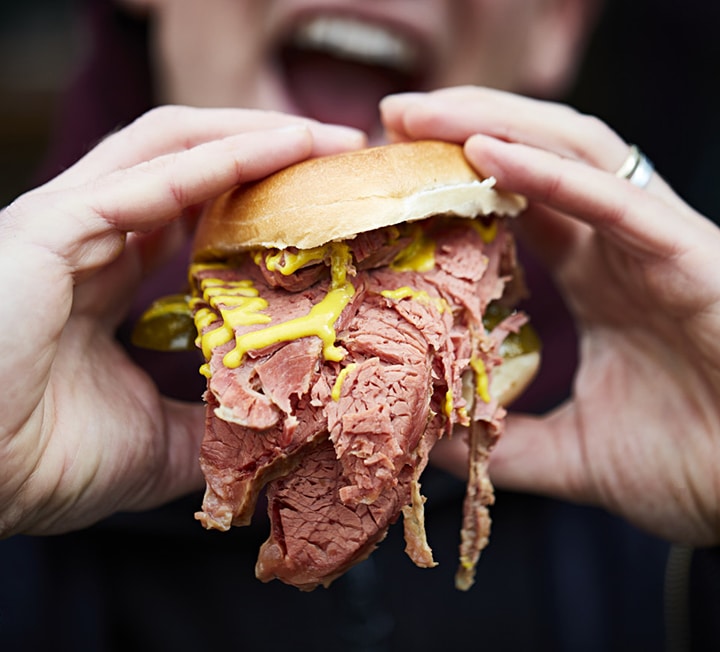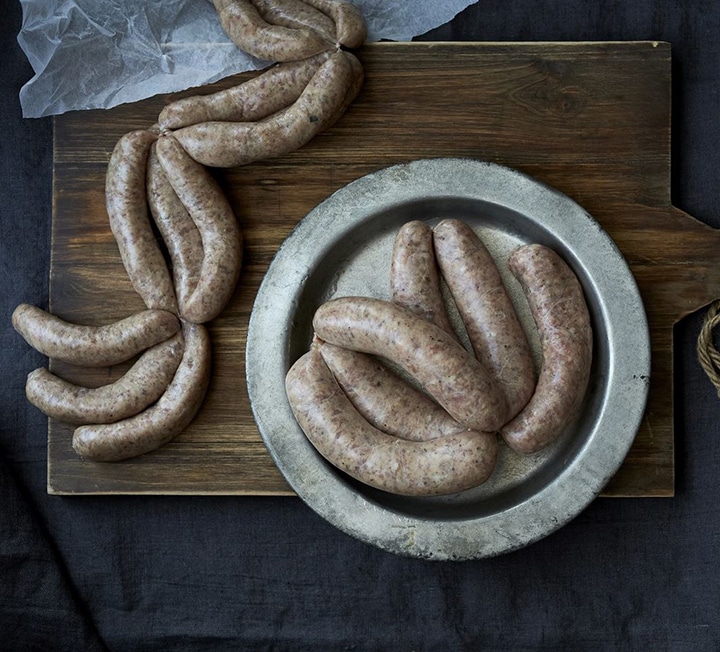What it takes: sourcing truffles
Mario Prati of Tartufaia on the ins and outs of sourcing and selling high quality truffles


“A PIG’S SENSE OF SMELL IS SEVEN TIMES MORE DEVELOPED THAN A DOG’S, BUT YOU CAN’T TRAIN IT NOT TO EAT THE TRUFFLES!”
Interview: Clare Finney
Are the truffles you source farmed or wild?
Both. At Tartufaia, our Australian truffles are farmed – truffle farms in Australia are a relatively recent thing but have done remarkably well – as are most of the ones we get from Spain. That said, the very concept of truffle farms is a grey area, because they are so unreliable. The truffle, which grows underground around the roots of a tree, is a very weak fungus, so other fungi are prone to take over. You can’t use fungicides or pesticides to stop other fungi establishing themselves, as that would kill the truffles as well. This is good in that it keeps producers in check, but it does make it all very unpredictable: 60 per cent of truffle farms fail, and you can’t farm white truffles at all, so we are also reliant on the natural woodlands. Eighty per cent of the truffles we get from Italy are wild.
Which do you prefer?
When the wild truffles are good, they are better – but it is hard to have consistency, which is what chefs are after. Personally, I like the wild ones. The farms are sustainable in the sense that you are keeping a patch of woodland and irrigating it, but it is still a monoculture and that is not the best way to go about faming. If they are planting oak, they are planting all oak. If they are planting poplar, it is all poplar. Moreover, they will have cleared natural woodland in order to do this. With wild truffles, you are making natural woodland work for you, just as it is. It’s fenced to prevent wild boars, but no trees or plants are removed.
Are pigs still used to hunt wild truffles?
There are a few people in France and Turkey who still work with pigs. Their sense of smell is seven times more developed than a dog, but you can’t train a pig not to eat the truffles. You have to keep them on a leash, and physically pull them back. Dogs can be trained not to eat the truffles they find. Of course, this makes trained dogs very expensive – up to 10 or 12 grand for a six-month-old puppy. There’s an old joke in truffle areas that suppliers look after their dogs better than their wives.
How do you sniff out the best truffle suppliers?
In most food businesses, suppliers find you. When I first got into the truffle business it was the other way around – it was all about the connections. It wasn’t a matter of money; you had to know the families and the people involved on a personal level. My first close supplier, with whom I started in 2006, was in his sixties. He’d supplied the same families for 40 years, and each one was entitled to a quota. The only reason we were able to get in there was because one of his customers died and his sons weren’t interested in the truffle business, so their quota was up for grabs. My dad was a friend of this guy, so he was able to slip in there. In some areas this is still the case, particularly in France, but it’s been changing as more money has come into the industry and black truffle farms in Spain and Australia have proved so successful.
Are truffles easier to source than they once were, then?
At a certain point money does start to talk. It is much easier, especially for us, as we’re established now and people know us. From now until the white truffle season starts in September, suppliers will be approaching us every week, but you have to be careful who you work with because 80 per cent of new suppliers go bust within a couple of months. People see it as an opportunity to make money quickly, then find they can’t manage supply and demand: they buy too much, and waste money, or they fail to meet the demands of their buyers. The hardest part of our job is keeping a supply chain at a certain standard, because our customers are used to a certain quality. Having a good relationship with your suppliers is still so important: with perishable products, at those prices, there is a certain level of trust involved.
How do you judge the quality of truffles?
Sometimes there are worms in truffles. That’s a normal thing for a fungus, but in the hours between being boxed and being delivered that worm can travel from truffle to truffle – so you go from one damaged truffle to 10. In Australia, suppliers scan each truffle through a machine: it’s a 48-hour trip, so they need to be sure. Once they’re here, I look at the shape and the size – mainly the shape. The rounder the better – and the more expensive – as being round, a truffle takes longer to lose weight from evaporation than if it is bobbly and has a greater surface area. It’s hard to find round wild truffles because of the roots and stones around the trees.
How do you get truffles from Italy to Borough Market?
The suppliers go out at sunrise with their dogs. They get back by 10 or 11am, then go through the process of checking them and brushing most of the soil off, without getting them wet. We have someone in Italy who goes through, selecting the truffles before they are sent. They are shipped at 4pm and I get them here by 11am the next day. They can’t sit in a warehouse because they’d lose weight, so the logistics are tricky. The black truffles are a bit more robust, but the white loses 10 per cent of its weight every 24 hours. It is highly stressful, especially for those guys who deal with large quantities of truffles – you can see it in their faces by the end of the season. They are people on the edge.


